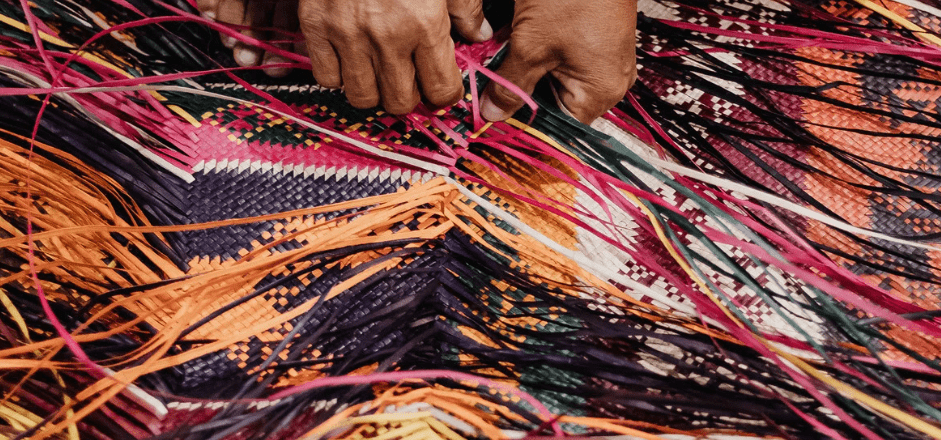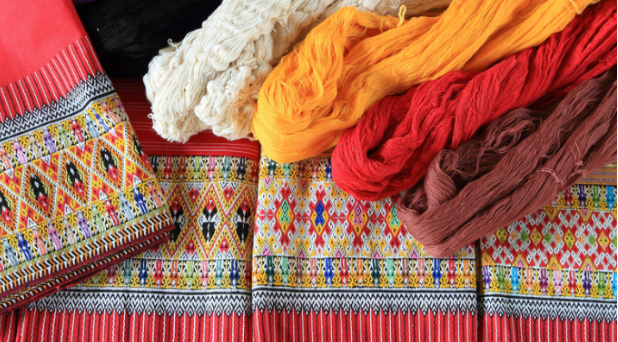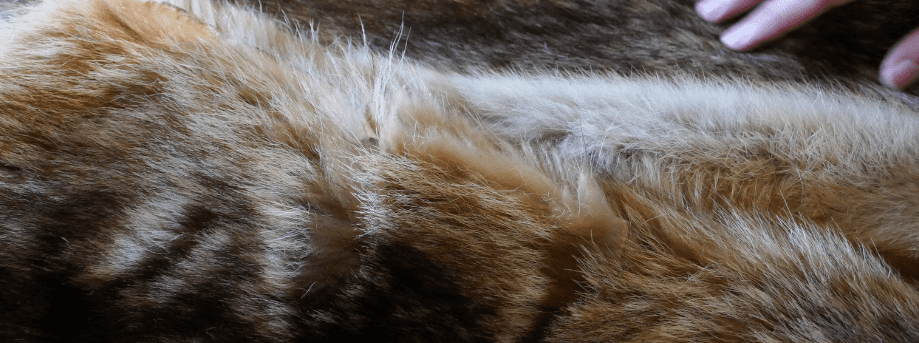Freezing Preservation for The Textile Conservation of Historic Fabric in Museums
Historic textile conservation involves the care, restoration and preservation of fabric and woven material. A range of factors can cumulatively lead to textile deterioration such as exposure to UV light, heat, humidity, acidic environments and mould, bacteria and insects. Unlike most other fine art objects, textiles are particularly vulnerable to deterioration due to their past functional uses.
Conservators at museums have a duty of care to protect and maintain their historic textiles and ensure the items can be used not only for research purposes but also for the public to enjoy learning about the past.

Insects can be a real threat to textiles. Moths and beetles can eat through fabrics and lay their eggs amongst the fibres. The eggs then hatch, and the larvae continue to eat through the fibres as they mature, resulting in holes throughout the fabric which may penetrate through several layers if the textile has been folded.
This article looks at freezing preservation for textile conservation, a common technique for killing insects that have managed to find their way into museum collections.

What Is Freezing Preservation?
Freezing preservation is a method used to preserve textiles, such as fabric, clothing, and accessories, for a long period of time. This method prevents the growth of mould and mildew which can damage and degrade the fabric. By freezing the fabric, the temperature is lowered to a point where these organisms cannot survive.
The freezing preservation process begins by carefully packing the fabric in an airtight, moisture–proof container. This will keep the fabric from becoming damp and prevent it from freezing solid. Once the fabric is inside the container, it is placed in a freezer where it is held at a steady temperature of –4°F (-20°C) for at least 24 hours. After this, the fabric is removed from the freezer and placed in a cool, dry environment.
Freezing is an effective way to preserve textiles, as it prevents the growth of any organisms that could damage the fabric.
Why Is Freezing Preservation Effective?
Using a low temperature freezer is one method that textile conservators can use to get rid of these bugs. Most insects cannot survive below -15°C so the textile must be frozen below this temperature.

Freezing textiles can kill insects at any stage of their life cycle, so conservators can get rid of them all, including eggs, without needing to use chemicals that may cause further damage to the artefacts.
The Freezing Preservation Method
Textile Conservation using the freezing preservation method is effective because most insects cannot survive below -15°C, so the most effective temperature has been found to be between -30°C and -40°C.
Items should be carefully wrapped in acid-free tissue paper, placed in a polyethylene bag and fully sealed with tape. Some air should be removed from the bag, although it is not essential to vacuum seal the bag as this could crush the items and cause further damage. If an item is not able to lay flat in the freezer, it should be interleaved with acid-free tissue paper and carefully, loosely, rolled before being wrapped in more tissue paper and placed in the bag. Care should be taken that heavy items are not placed on top of more delicate artefacts. Shelving or freezer baskets can also be used to optimise space.

The historic textiles should be kept in the freezer for at least two weeks without any disturbances (no opening the door). If an item is rolled or particularly thick, it can be left for longer. When conservators are ready to remove the textiles from the freezer, they should be kept in the packaging for at least 24 hours to acclimatise. This means any condensation will form on the bag rather than the textile as it thaws. Conservators should then carefully inspect the items to remove any insect remnants.
Which Historic Textiles Can Benefit From Freezing Preservation?

Textile conservation using freezing preservation should be suitable for a range of items and artefacts such as clothing, tapestries, flags and carpets to name a few examples. Animal fur preservation can also be carried out using this method if it becomes infested with pests. However very old fragile fabrics, brittle silks and painted textiles should not undergo freezing preservation.
Freezing Preservation With Froilabo
Froilabo’s Evolution -45°C range is most suitable for historic textile conservation and animal fur preservation. This low temperature freezer is ideal for the freezing preservation of textiles, as it drops to the optimal temperatures for killing insects. The range offers 3 freezer volumes (340 L, 515 L and 690 L) with optional interior equipment such as racks, drawers and baskets so that you can choose the perfect size of freezer and storage solutions depending on the size and shapes of your collection.

If you are working in a museum or involved with historic fabric textile conservation, our sales team would be delighted to advise you on the role our low temperature freezers can play in your freezing preservation for textile conservation. Please contact us today and we will be happy to help you.
Keep In Touch
Keep up to date with the latest news, blogs and app notes from Froilabo by signing up to our newsletter using the button below.



